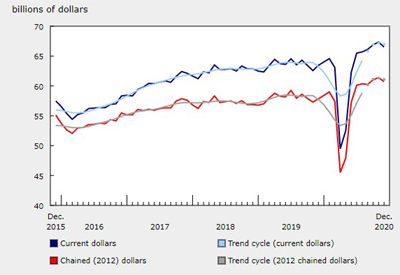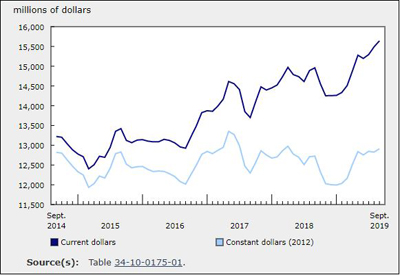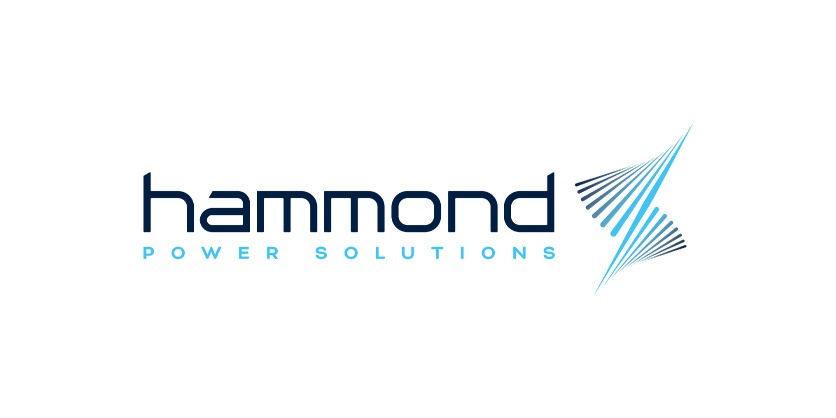Creating Demand to Drive Profitable Growth

The key is being a demand creator and a demand fulfiller. In this dog eat dog world of distribution where everyone fights for “share,” the question becomes, “How do you differentiate yourself to drive profitable sales?”
The answer depends upon your definition of the phrase “follow the money.”
Are you like Jerry Maguire and asking your customers to “Show me (you) the money?” In essence this means you are asking for funds that have already been budgeted. Or are you like the original gold diggers who said, “There’s gold in them thar hills”?
The difference?
“Following the money” is focusing on taking market share and servicing demand that either exists or is created by others. “Gold digging” is knowing where there is potential and then expending energy to create demand that can be very profitable, and potentially exclusive, to you.
Demand creation
Demand creation is about educating your customer about why they need a product or service from your company. While manufacturers launch “new” products, frequently they are refinements of existing products, or “me too” products to fill out a product line, or are designed to offer a comparable to what is in the market. Today, it is rare for a manufacturer to send engineers and product development staff “into the field” to identify customer needs, solutions, or to be visionary and ask, “What could be?”
Back when new products were more prevalent, the electrical channels were in the demand creation business. Many products solved customer problems. Other products solved problems before the customer became aware of their need and required the distribution channel to promote the products. Hence, they created demand. Efforts were made to promote new products. Some manufacturers and distributors excelled at this and used these efforts to differentiate themselves, enabling them to become the go-to distributor for solutions. They were also the beneficiary of any customer who provided them with other demand fulfillment opportunities. Hence, they captured market share within the customer.
Nowadays, periodically there are new products, or technologies, that create demand. Consider energy efficiency, be it LED lighting and new products driven by the integration of LEDs, more efficient motors and drives, safety equipment (PPE products and more), or labour savings products that significantly generate financial savings and others.Some drive demand where you can create an opportunity.But many other products are “refinements.”With some of the aforementioned products you can interest developers, architects, engineers and contractors to allocate unbudgeted funds to generate business.
Consider… how many manufacturers actively advertise (online or in print) in end-user publications? How many end-user specialists do manufacturers, reps and distributors have who are not compensated as salespeople?
Over the years, most manufacturers and distributors have driven their sales by seeking market share, essentially renting the business from a competitor (yes, “renting” as the business moves back and forth.)This frequently evolves into a price war as loyalties shift with each large project as a different buying specification, or decision-maker, evolves. Brand support has been de-emphasized by many manufacturers and replaced by specialized terms, pricing, rebates, and other tactical initiatives. The result: demand creation is handed to the customer or end user based on how they see their needs.
So, how do you create demand?
Part of the key is spending time with demand generators. Who has the power to allocate funds? If it is an end-user, what should they need to optimize their efforts, reduce their operational costs or enhance their output? If it is a contractor, what will help them make more money? Essentially, think like your customer and your customer’s customer.
Part of it is old fashioned shoe leather.You need to talk to your customer, customer’s customer, engineers, architects and other decision / project influencers. Listen and think. Gaining access to additional markets may be an opportunity.
We’ve had clients who have invested in staff to call on end-users, engineers, architects, builders, et al to influence decisions with the goal of acquiring one-third of the opportunities… and succeeded.This is but one strategy.
Another element is believing you have something (product or service) of value and marketing it so your brand means something. Ask, “Why should someone buy our product / buy from me?” If you cannot answer this, then you may only be a demand fulfiller.
And then, communicate your brand. If your company does not believe in marketing and demand creation, the probability of sustained profitable growth will be minimized.
Demand fulfillment
In the movie, “Jerry Maguire,” Jerry represented a commodity.His client was “only” a wide receiver.While he delivered the goods (met specifications), he was a commodity that was going to be sold to the highest bidder. In the electrical channel, products are frequently sold to the lowest bidder, whoever has a better relationship, or whomever is easier to do business with. While an element of every manufacturer and distributor’s business is demand fulfillment, the question is, “What is your percentage?”
As a demand fulfiller, the customer recognizes that they have a need and they actively seek solutions or return to known options. Then they seek their lowest cost of acquisition, either total or product only. We’ve come to an age where the multitude of manufacturer and distributor offerings (purchasing options) via email, Google and the Internet blur the different offerings and/or services that are offered.
Additionally, the market for electrical supplies and services has matured to the point where price and ease of ordering is frequently used as the determining factor for a majority of purchases. The size of the market varies with selected macro-economic indices.
Supply chain efficiency has reared its head, as fulfillment evolves to almost instant gratification. Short and long distance shipping costs have dropped to the point that marketing in a 50 mile radius has taken on new dimensions, such as throughout North America, or potentially worldwide.
Perfecting basic fulfillment requirements still eludes many with inventory size/location, customer pricing, and even pulling and packing the right product for shipment. This is where quality data, process management, and supply chain initiatives are needed to ensure profitability for demand fulfillers.
Marketing does have a role for demand fulfillers as they need to increase awareness and communicate “why them” to stimulate demand for them, essentially to help take market share. The increased share, which can increase sales, should result in increased profitability, if operational enhancements and pricing initiatives are undertaken.
Strategies for these types of initiatives can involve branding, promotional initiatives inclusive of incentive programs, customer training initiatives, joint sales calls,pricing promotions, service initiatives, and more. E-commerce and e-marketing are becoming elements in the battle for market share.
With few truly new products entering the market place, or actively being promoted throughout the channel, demand fulfillment has taken over the channel. Share gets switched and companies seek to diversify their offering and geographic reach, in an effort to increase share of customer wallet or share within their product offering. Demand fulfillment has transferred pricing power to the end purchaser.
Customer stratification
Many manufacturers and distributors are now engaged in what is termed “customer stratification.” Similar to a margin treasure hunt, they are looking at specific customer buying patterns to determine where prices can be adjusted, to gain a greater margin. During these treasure hunts many discover that the customer’s assigned price matrix and customer types are not compatible.This can mean finding a gold mine of new margin. Alternatively, it can help to understand exactly how much each customer buys, and what price matrix should be assigned.
But, this is not demand creation or anticipating customer’s needs. This helps improve margins and profitability.
Problem solving
The crux of demand creation is determining your customer’s problems before they know they have a problem, and then solving the problem with goods and/or services. In other words, are you proactive in your sales and marketing approach? Have you taught your sales organization how to ask the right business development questions and how to probe to understand customer needs?
Supporting customer needs beyond credit and existing services requires that you develop a different way of looking at your business. Can demand creation be learned? Yes. It starts with questioning conventional assumptions, leadership commitment, vision, customer insights, and a willingness to invest for tomorrow’s sales and profits. It requires thinking like a P.O. … how it originates before coming to you and how your P.O. generates an order. For many it should start with leadership meetings that employ a third party to drive out of the box thinking.
So what does it all mean?
If you are seeking profitable, sustained, growth, you need to employ both demand creation and demand fulfillment tactics. You need to learn how to spot your customer’s problems.
Provide your sales organization with techniques to uncover your customers’ unknown problems or needs.Ask questions and be more knowledgeable than your customer. Think like them and bring them ideas. Finally, be at the right level within the decision-maker to better understand the problems that may have been identified by your customer.You want to pull them in to understand how your solution can work to their advantage.
Then, if you do not have a differentiable branding and marketing strategy, you need to develop consistent messaging and tactics that resonate with your customers for both demand creation and demand fulfillment. Dreaming about demand creation without action, will leave you with only demand fulfillment.
Driving demand and fulfilling demand require distinct skill sets. Do you have both to accelerate your sales and profits?
David Gordon is president of Channel Marketing Group. Channel Marketing Group helps manufacturers and distributors to accelerate growth while building shareholder value. Initiatives focus on strategic planning, marketing planning and marketing research. He can be reached at 919.488.8635 or dgordon@channelmkt.com.
Allen Ray is president of Allen Ray Associates Ltd. Allen is a veteran distribution consultant. He has helped manufacturers, distributors, business system developers and business data providers grow their productivity and businesses. He can be reached at 817.271.0236 or allen@allenray.com










